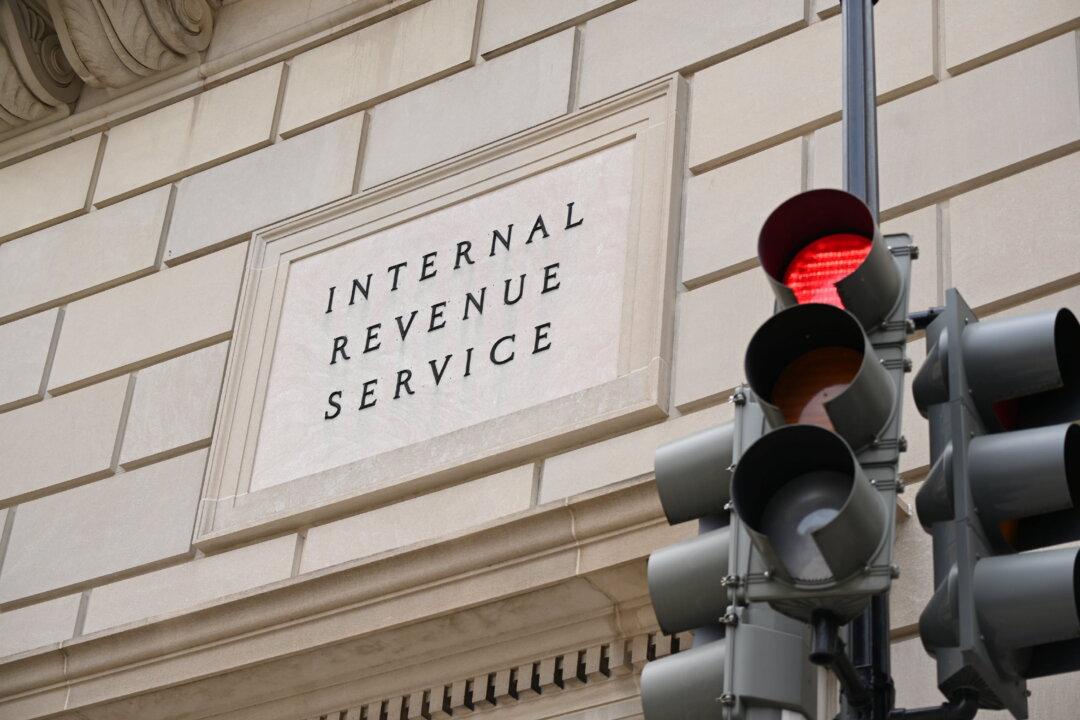The Internal Revenue Service (IRS) has issued an alert to taxpayers, encouraging them to adjust their 2023 withholding so as to either avoid effectively giving the government an interest-free loan of their money or face the prospect of penalties and interest if too little tax is withheld.
In a news release on Jan. 19, the IRS announced that it has made available an online tool that wage-earning taxpayers can use to determine if they have too much or too little tax withheld from their paychecks.





